Class 3/4 Steiner
Celebrating Learning
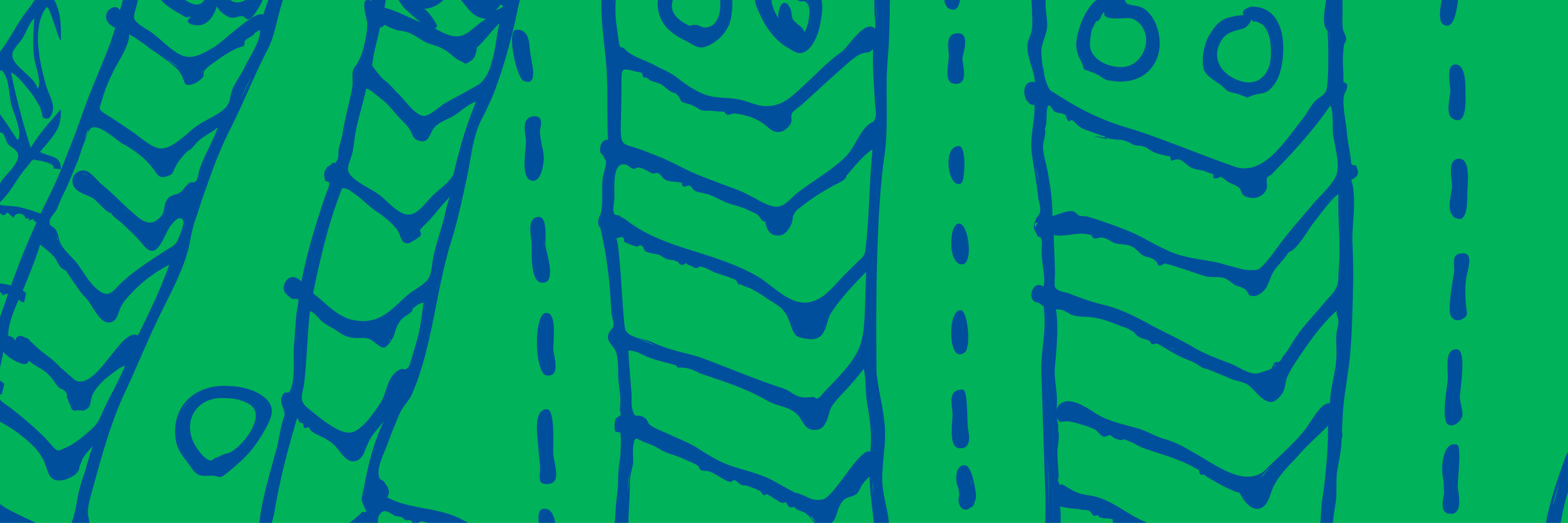
Class 3/4 Steiner
Celebrating Learning
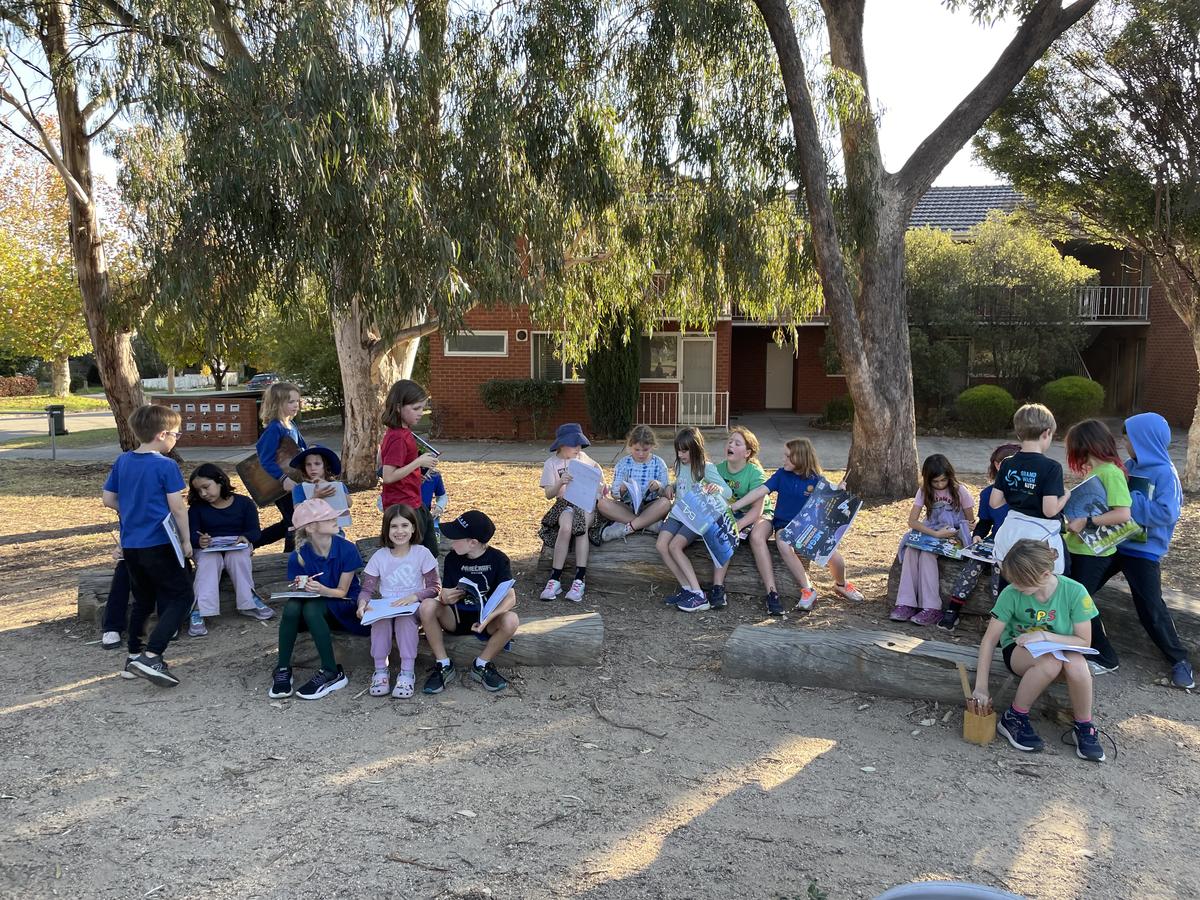

Kii 2/3S families,
Main Lesson
In Main Lesson we’ve continued to explore dwellings from around the world. After learning about dwellings made from clay, stone, bamboo, grass, snow and wood, students have had the opportunity to design plans for their own homes that utilise some of these natural resources. Labelled designs were drawn of building plans and lists of materials were compiled before they could begin to construct their creations. Designs were discussed and signed off on before construction could begin. Together we sourced building materials from our school yard such as bark, sticks, stones, dried grasses, leaves, rope, plastic and scraps of material. There have been such fantastic discussions around how we can sustainably source materials from our school.
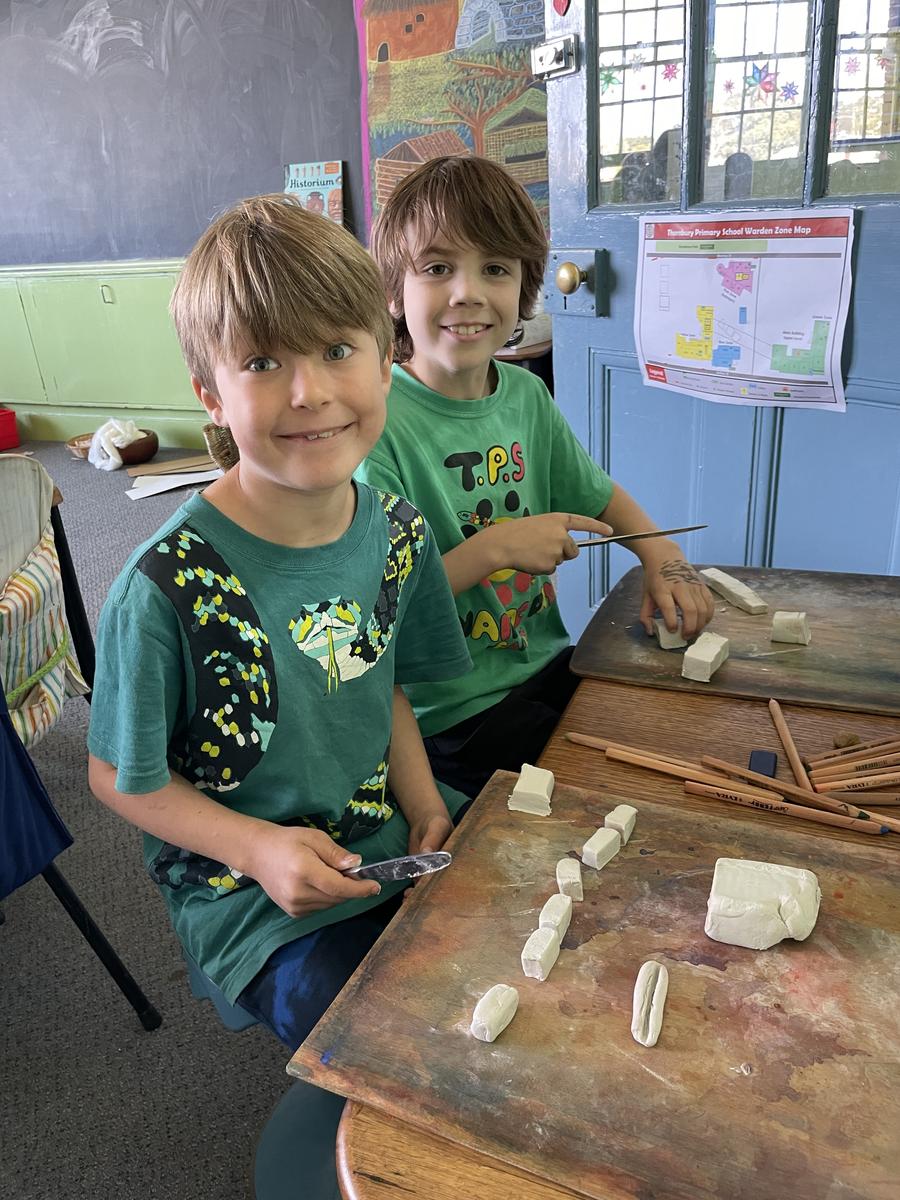
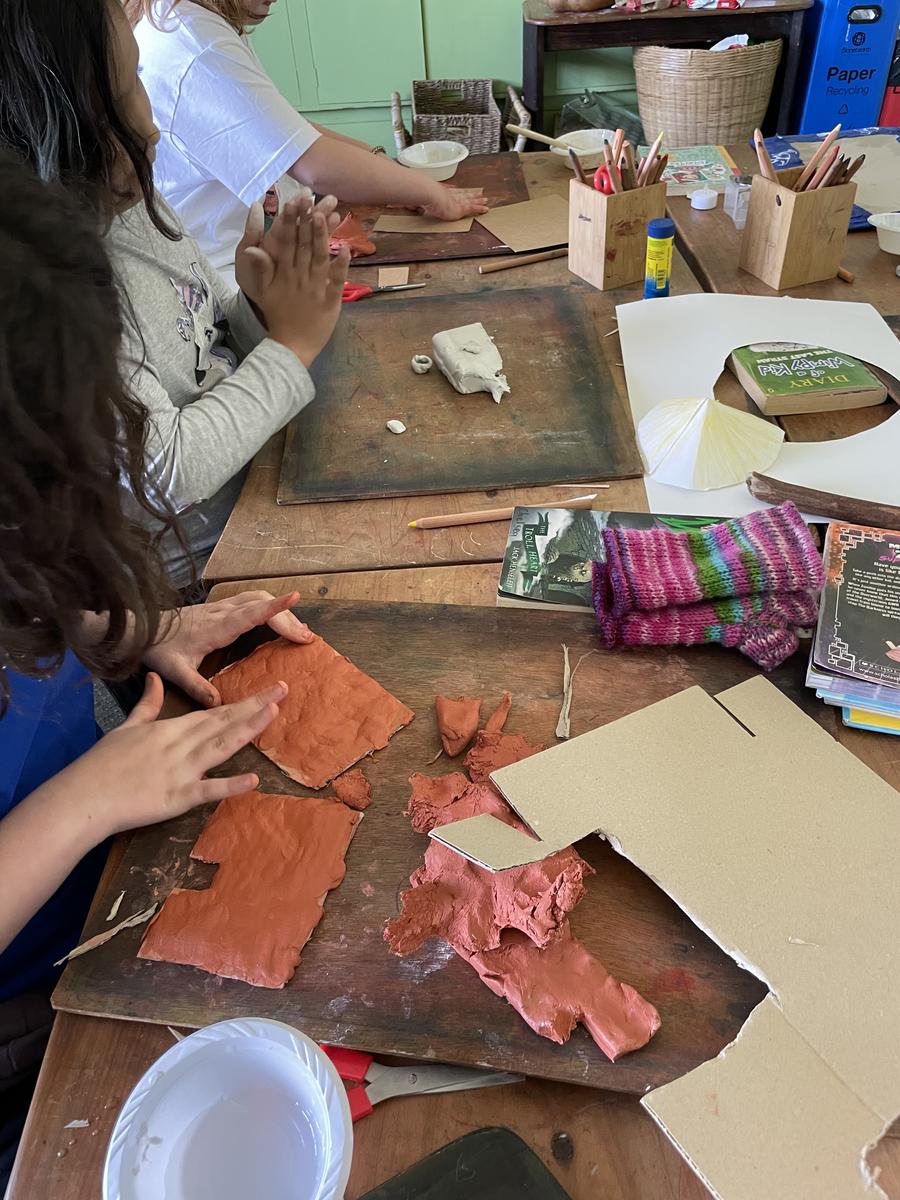


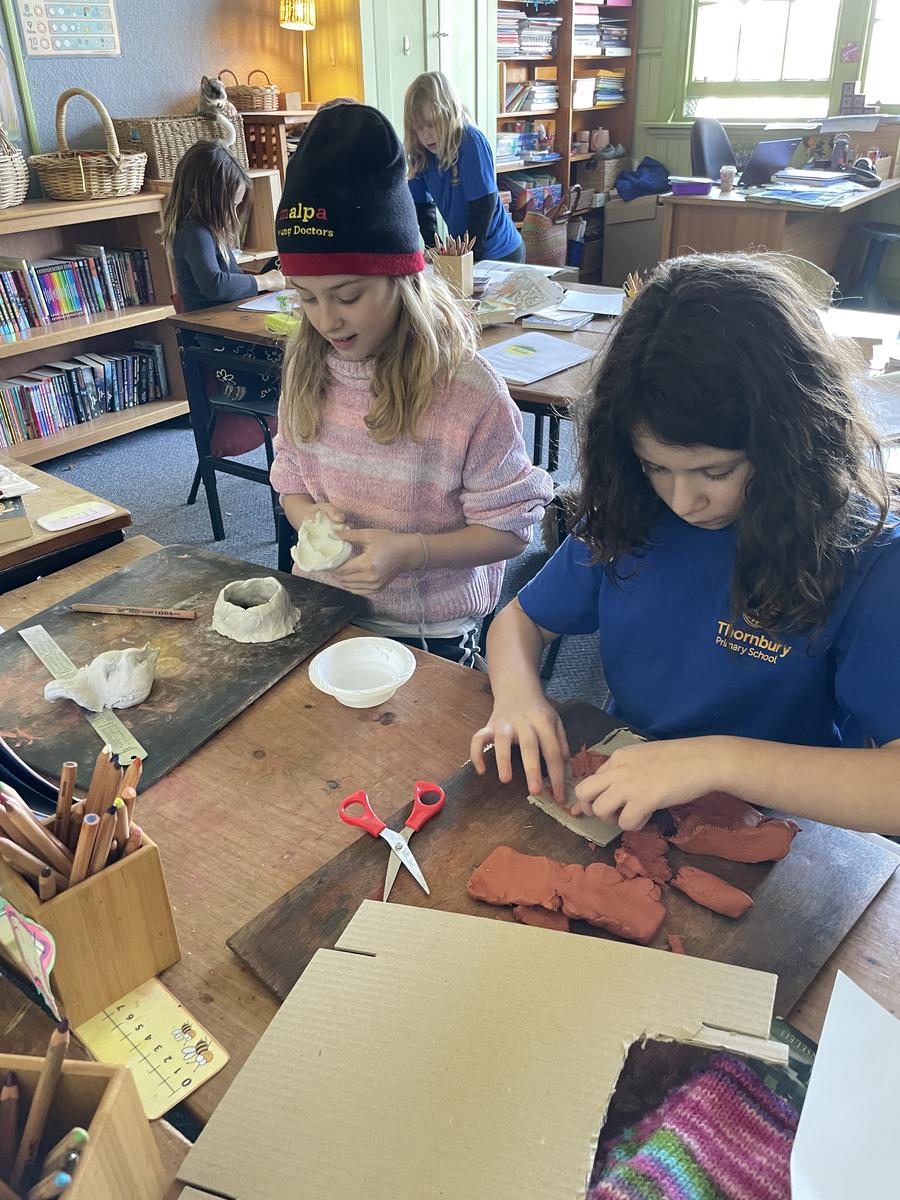



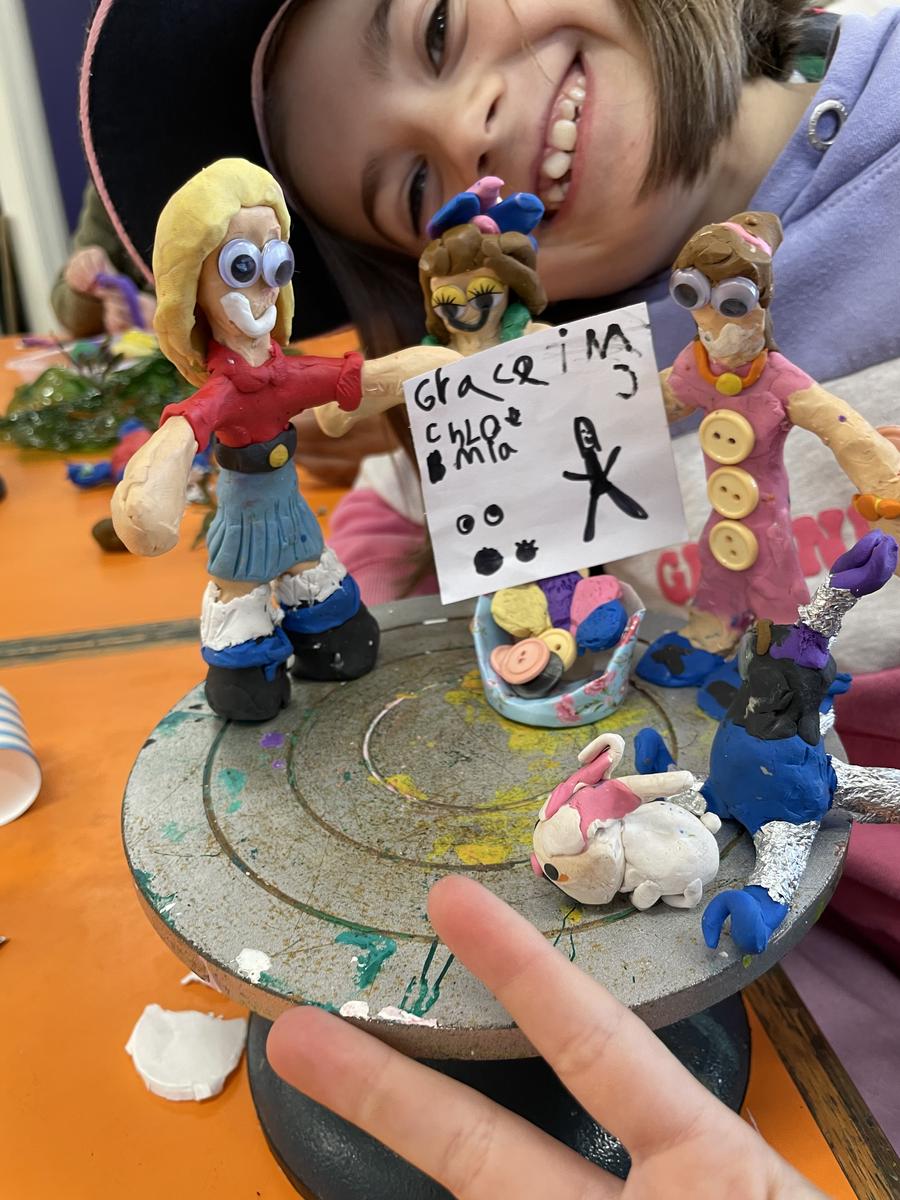



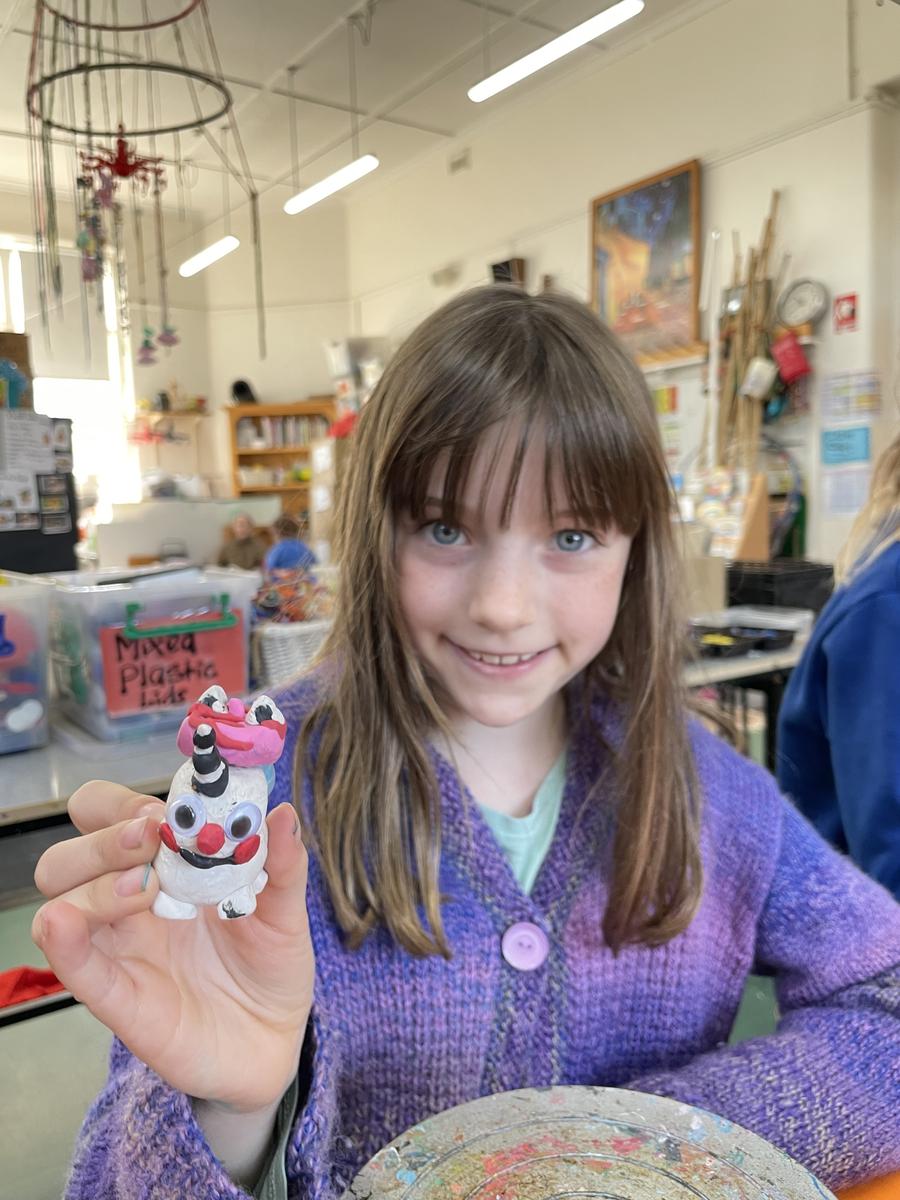
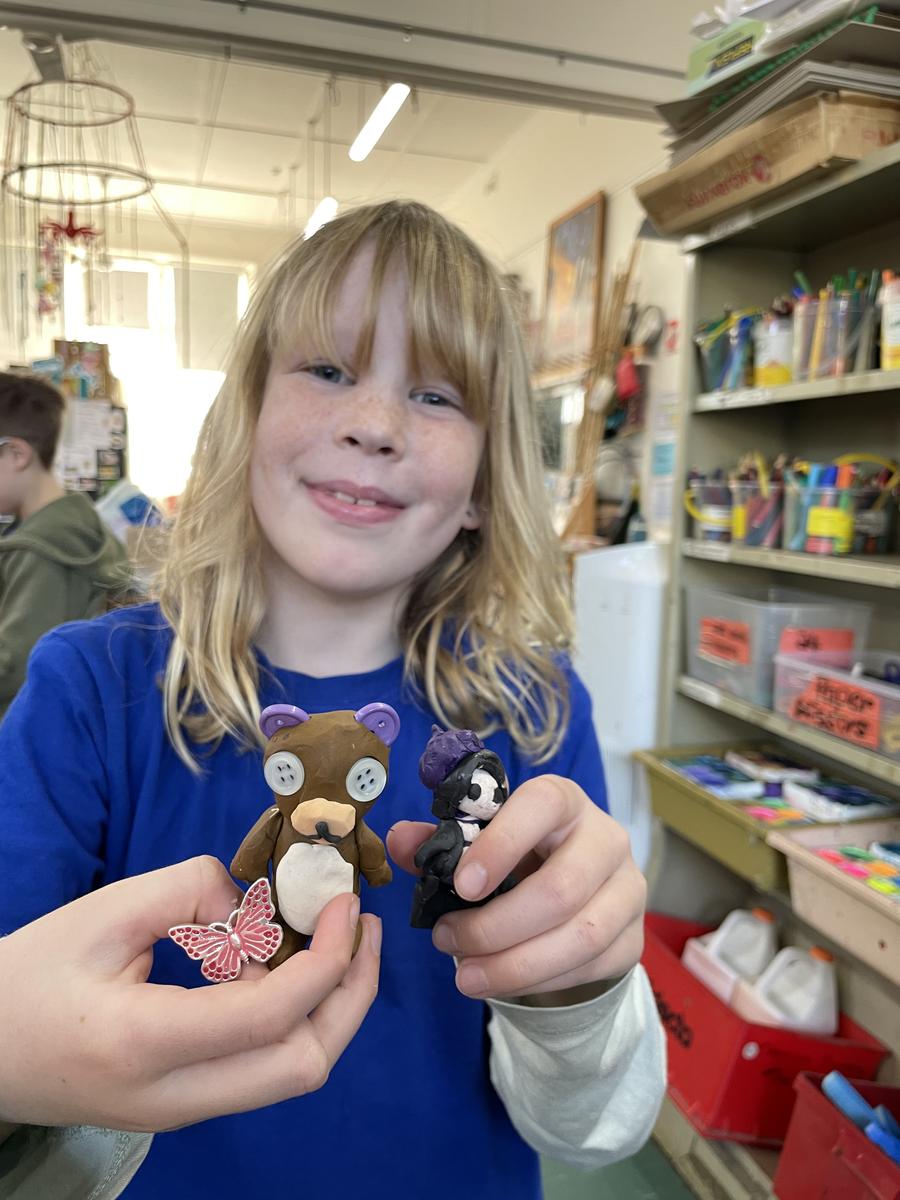


These dwellings are coming to life with little beeswax and clay furniture and figurines slowly making themselves at home within the walls. We are beginning to write information reports to go along with our chosen dwellings. We’d love to invite you along to see these beautiful creations in person in the coming weeks, before they are sent home.
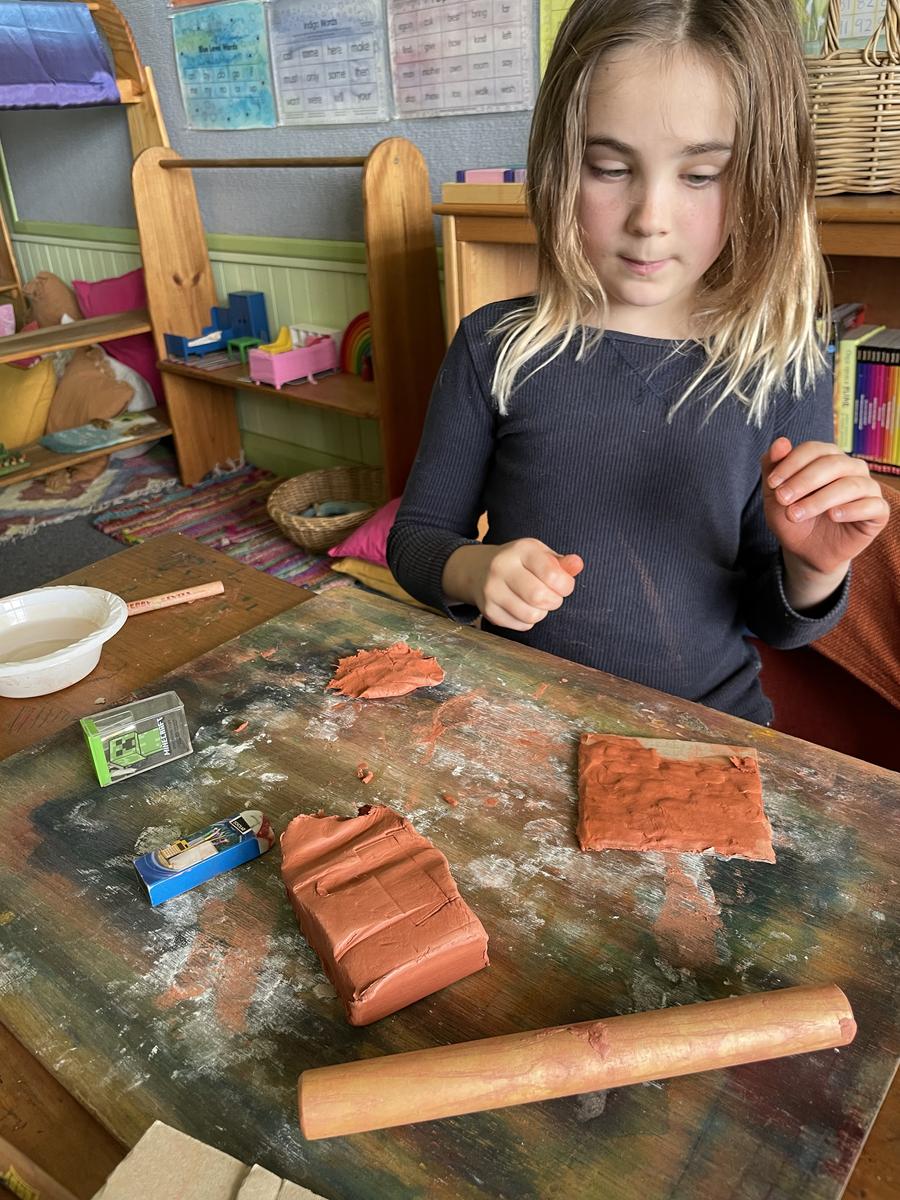



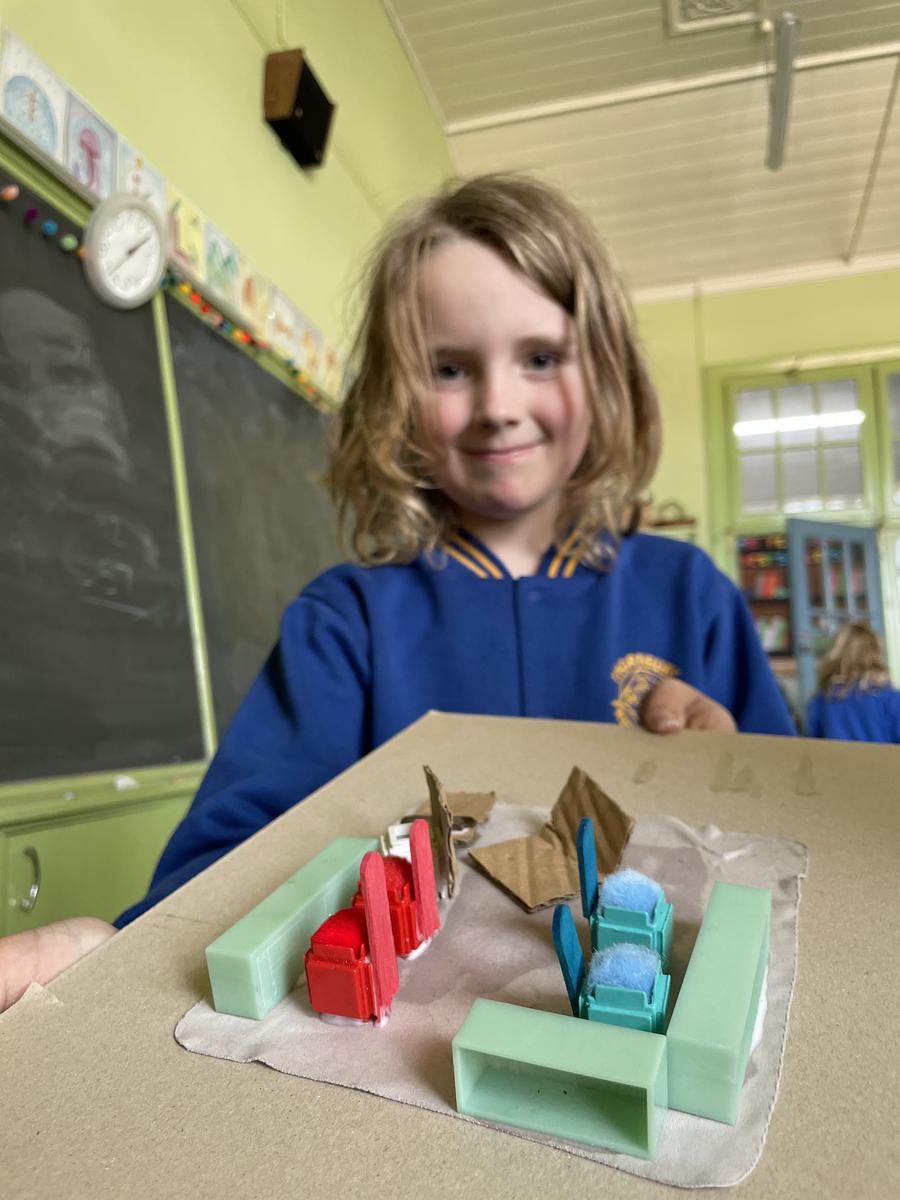
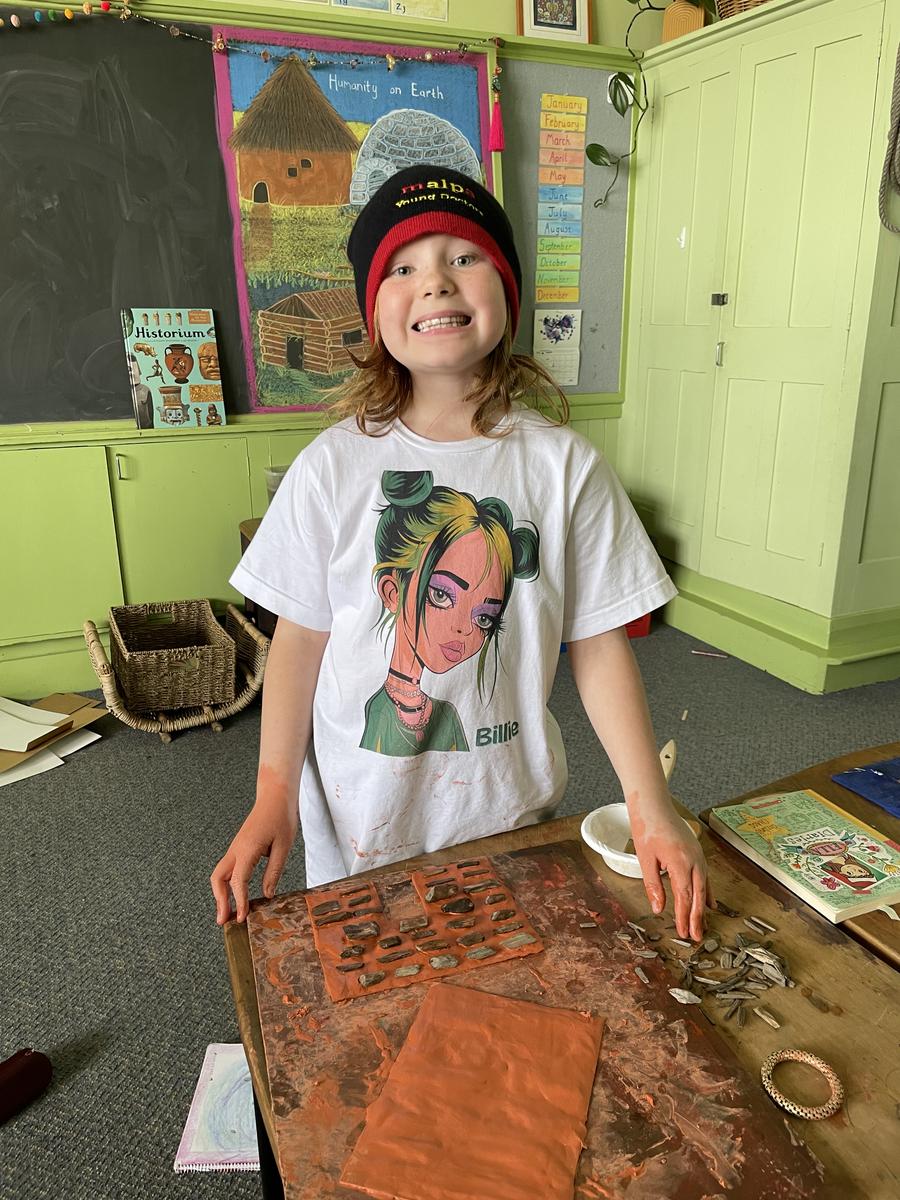


Maths
In Mathematics we have continued exploring efficient mental and written strategies for solving addition and subtraction problems up to 3-digits. We investigated different strategies to solve the same problems and discussed which we felt were the most efficient. These strategies included ‘Bridging to 10/100’, ‘Compensation’ and ‘Partition’ as well as ‘Estimation’ to gauge if our answers looked right. We also looked at ‘Landmark Numbers’ which are numbers that are easy to work with mentally when solving problems such as tens and hundreds.
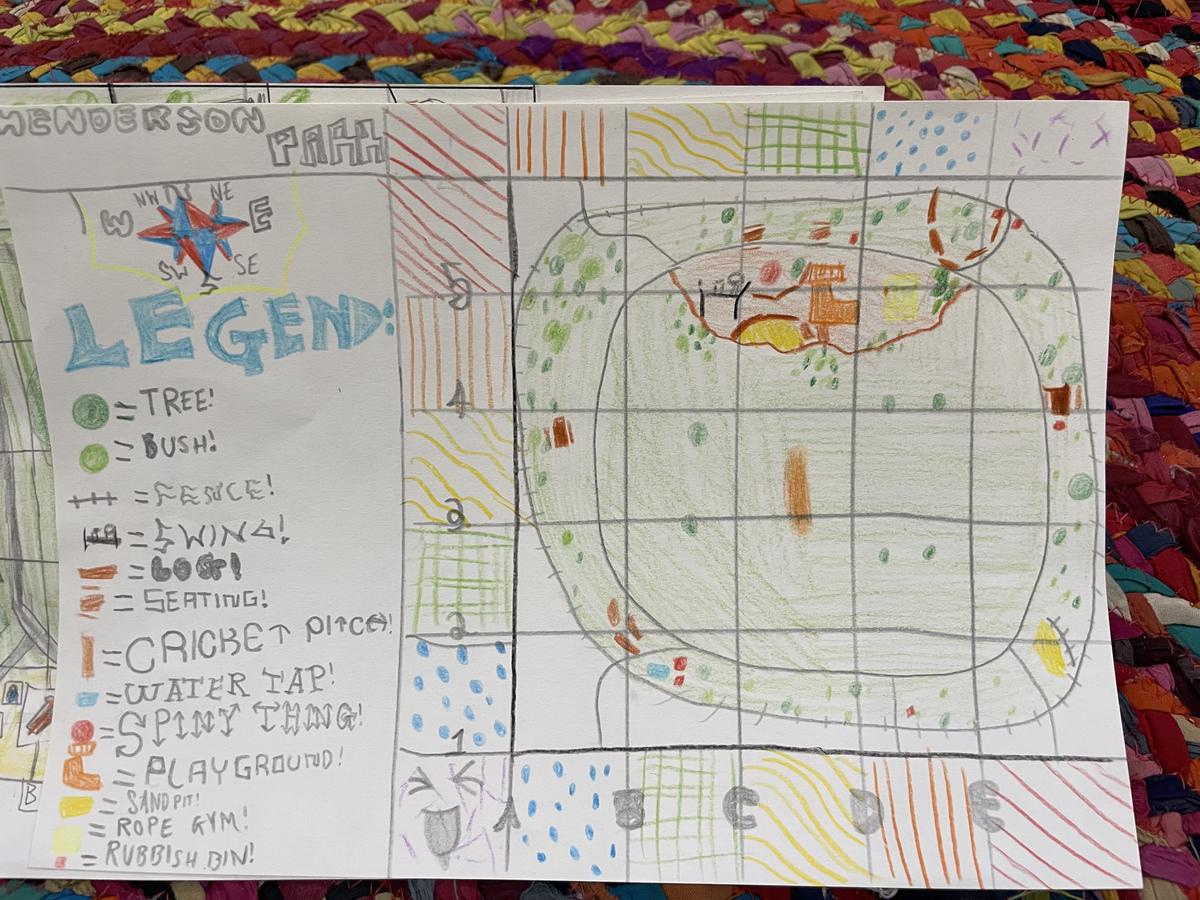

We moved into mapping this week as we explored various key features of maps. Students created their own ‘Birds-Eye View’ maps of Henderson Park and used a rubric to self-assess their maps to ensure they’d included all the required features. They applied the acronym BOLTS as a guide when adding elements to their maps which stands for Border, Orientation, Legend, Title & Scale. Students investigated grid references as a means to easily identify locations on maps. They also used directional language to guide someone to different landmarks at Henderson Park.
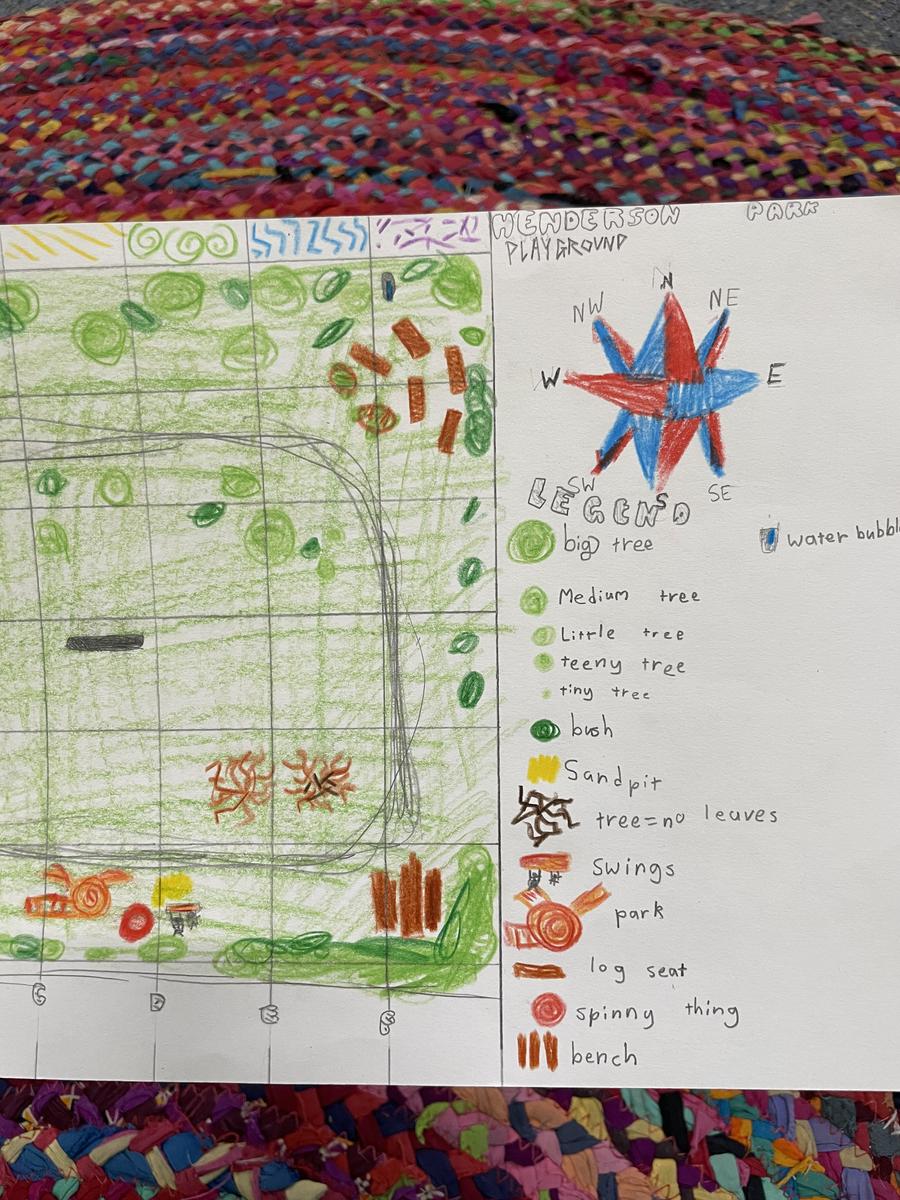

Literacy
In Reading, students continued to practise the four roles for Reciprocal Reading. We moved onto the role of the ‘Summariser’. Students identified the main ideas in texts and recorded these as dot points, words and phrases. Practising this role required students to locate key words and phrases, paraphrase the information, and then construct a verbal summary based off of their detailed notes. Students demonstrated their understanding of this role in small groups, with partners and individually.
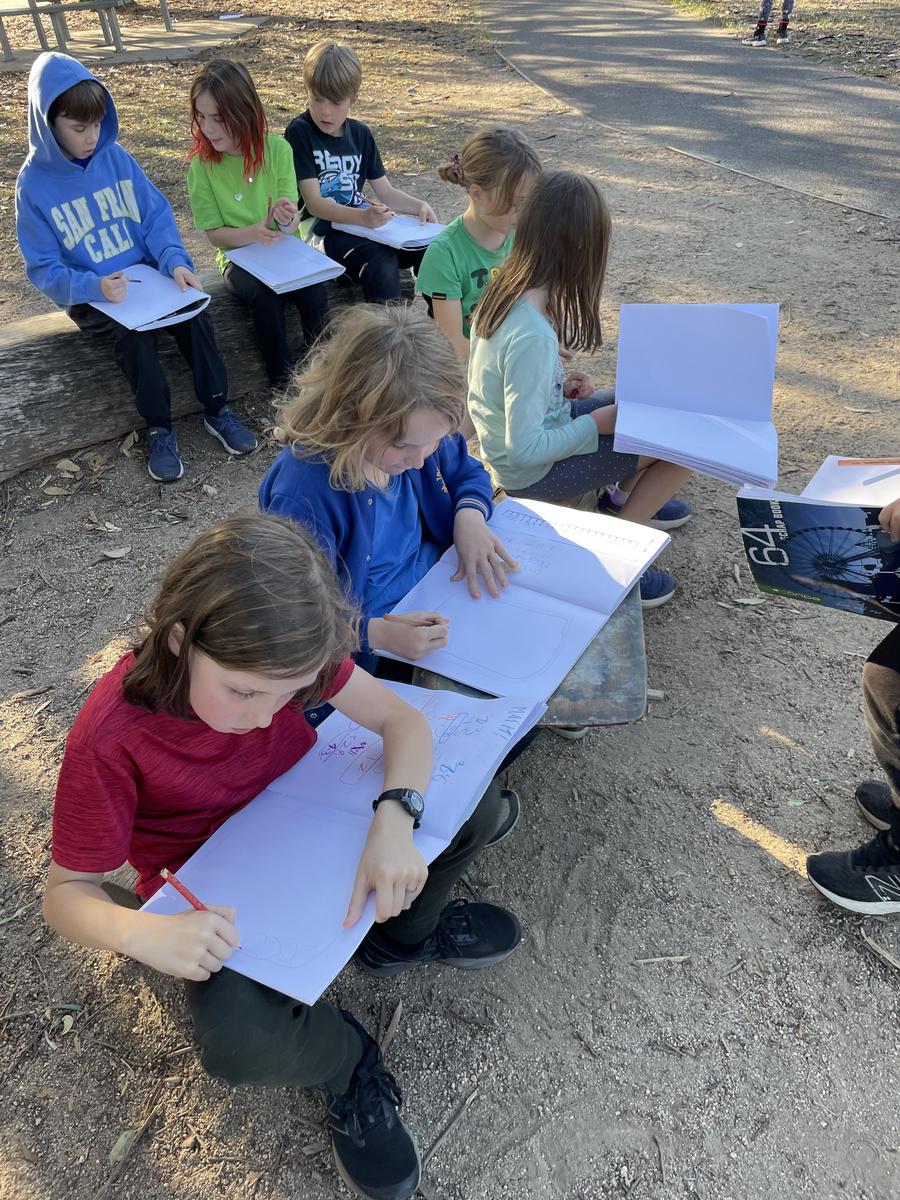



In Writing, students have continued with the Writer’s Workshop, with a focus on structures of non-fiction texts (Cause and Effect; and Compare and Contrast). Students used graphic organisers to unpack their thinking as a SEED, Venn diagrams for Compare and Contrast, and ‘First-Then’ for Cause and Effect.
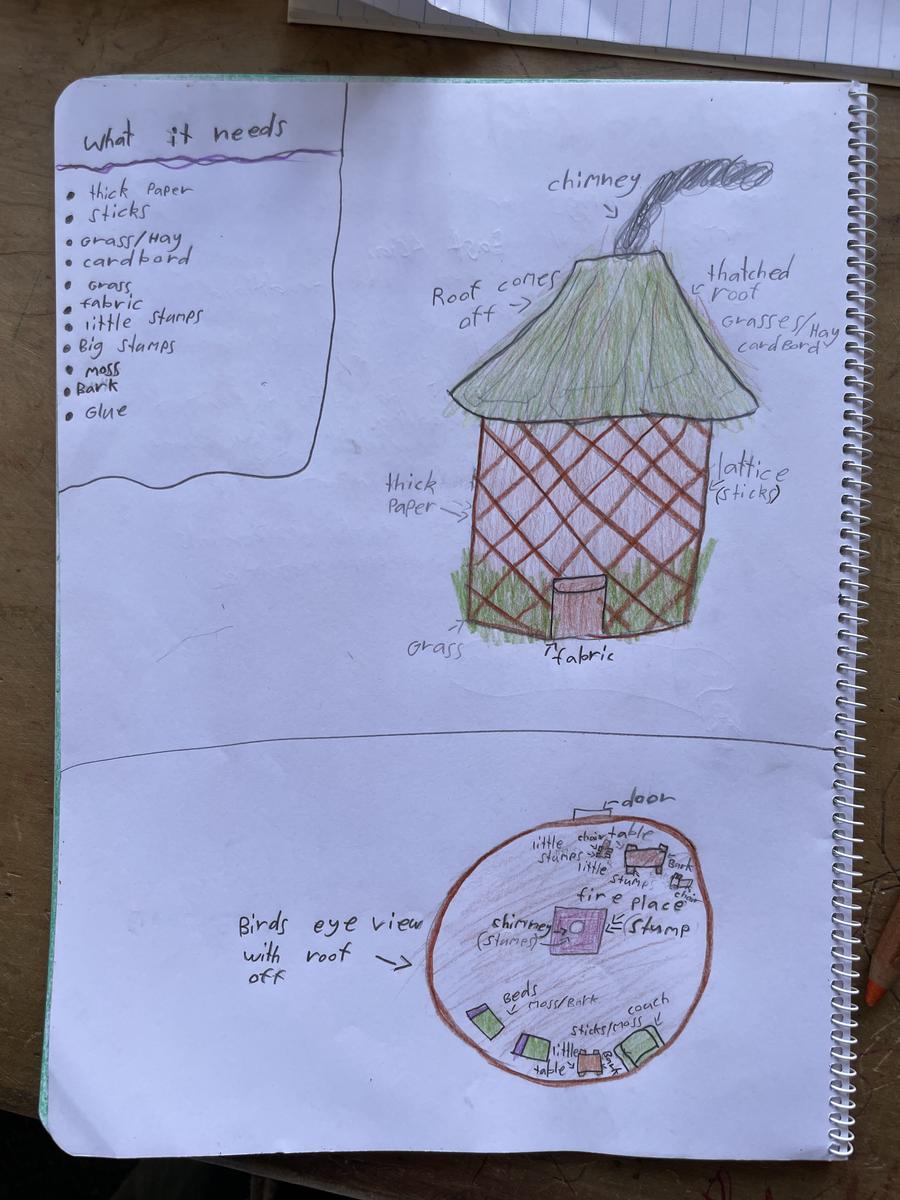
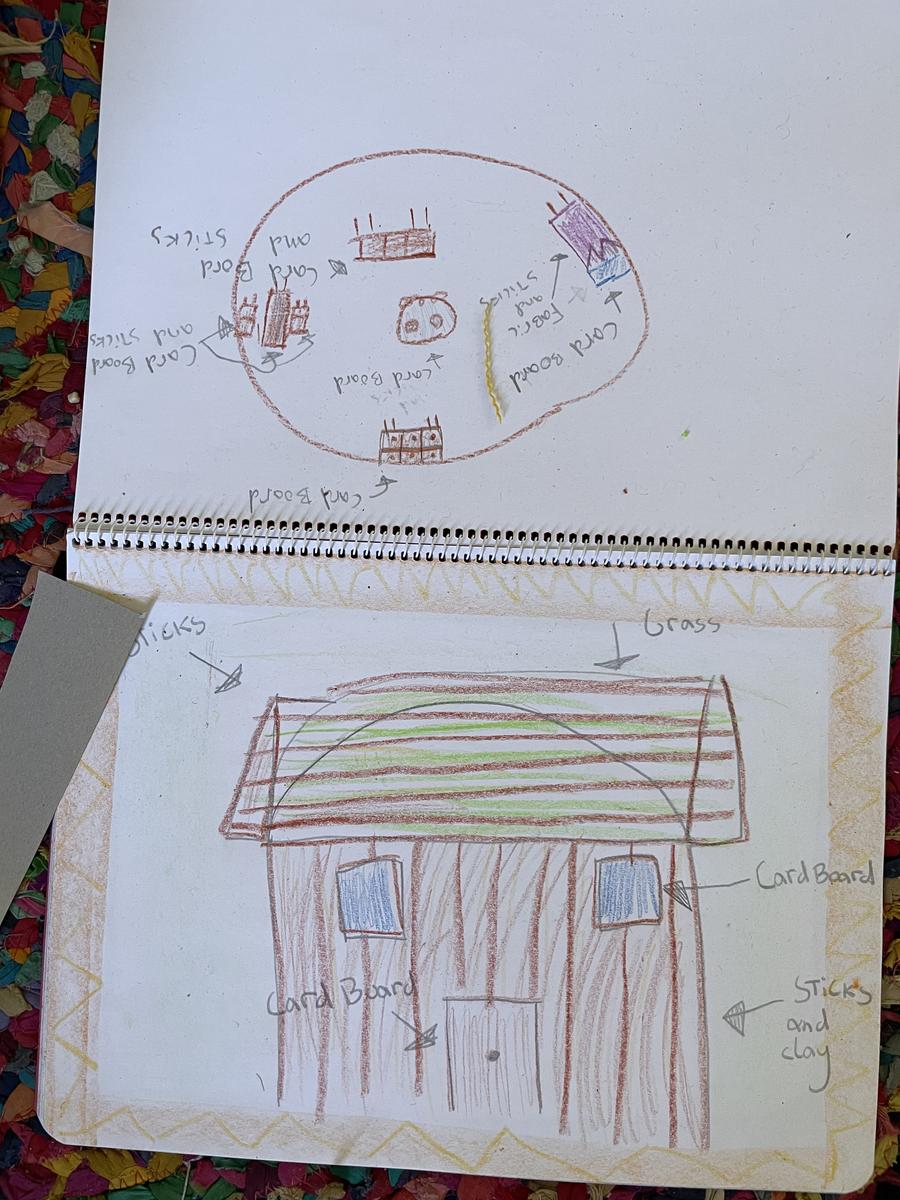


We have also been looking for opportunities to ‘upgrade’ action and speaking verbs in sentences. This has required students to identify verbs in their writing and to make edits in order to make these words more interesting and engaging. Additionally, we have been learning to identify and use mental verbs within sentences. For example, “They hoped they would get into cross country”.
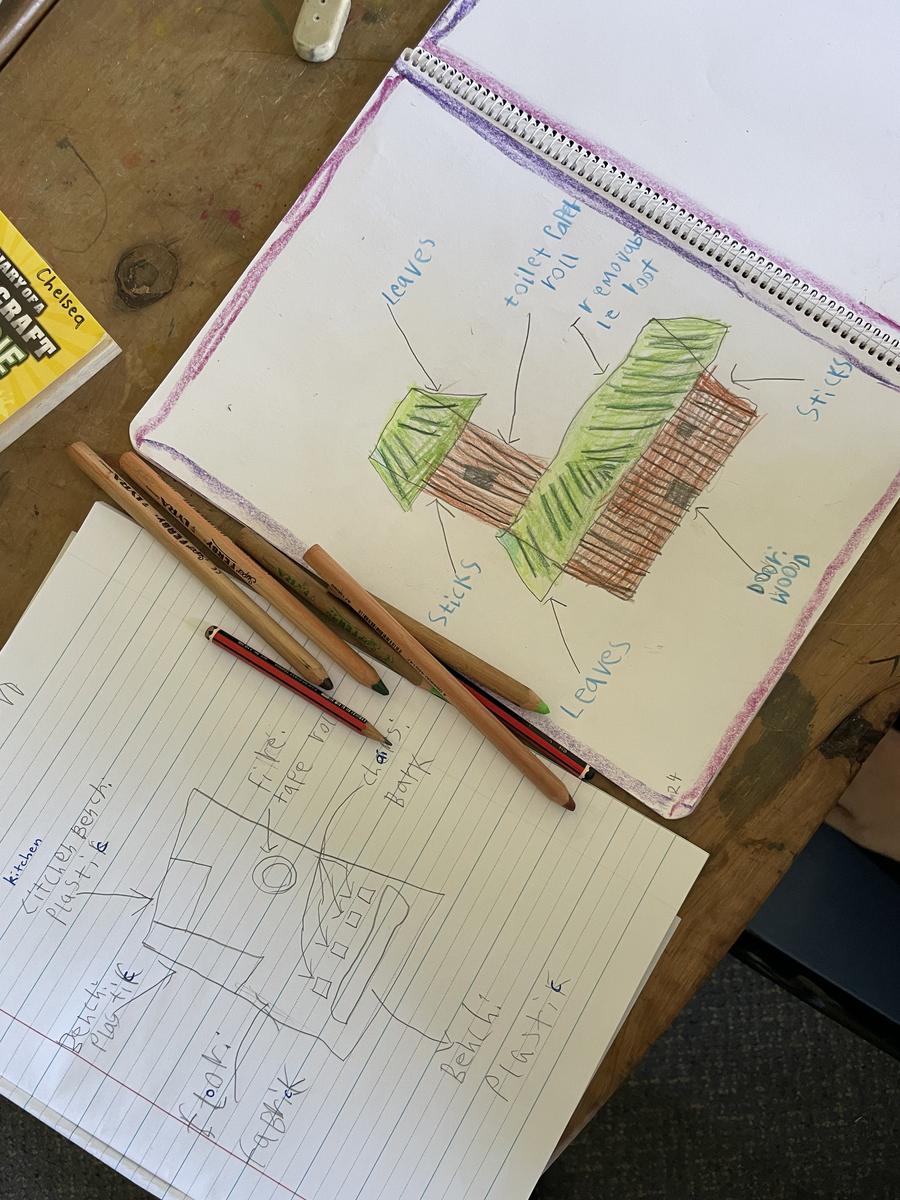
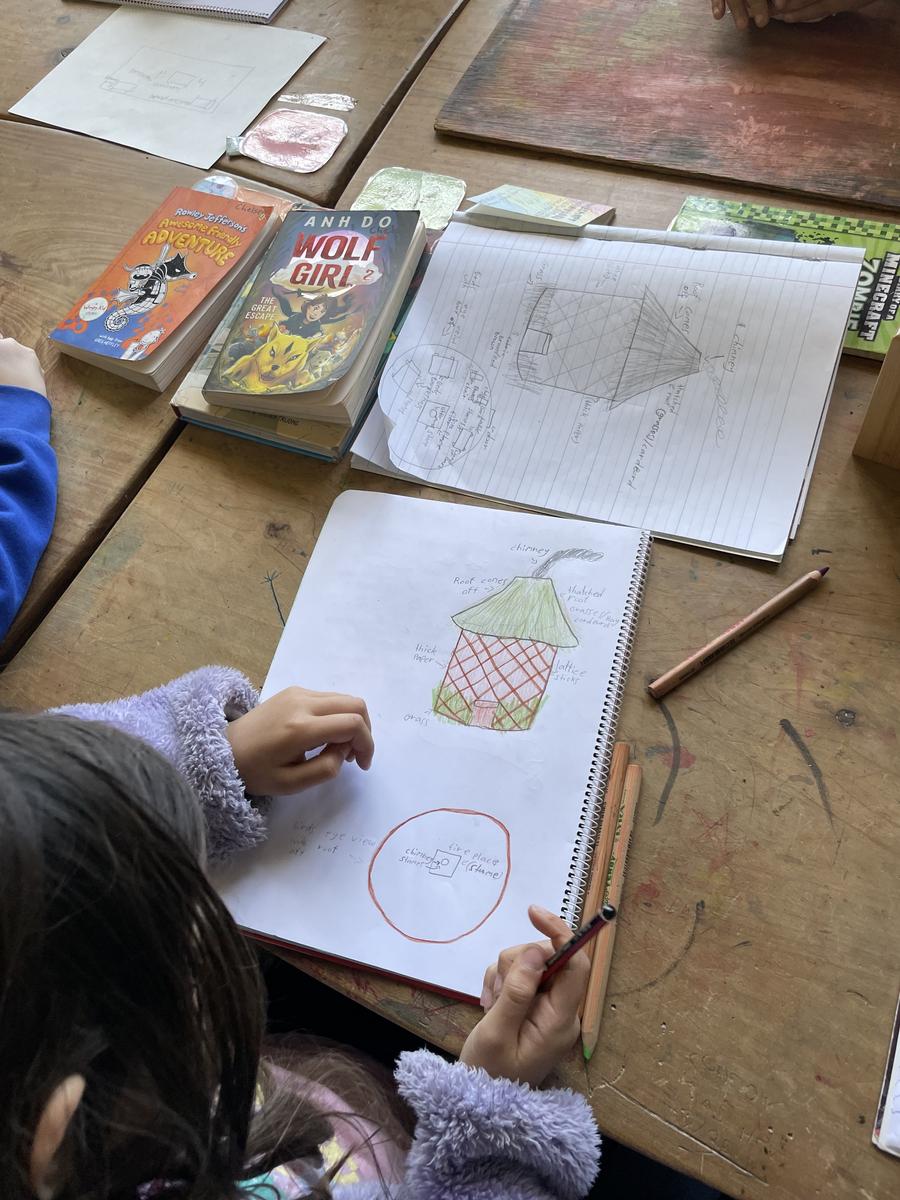


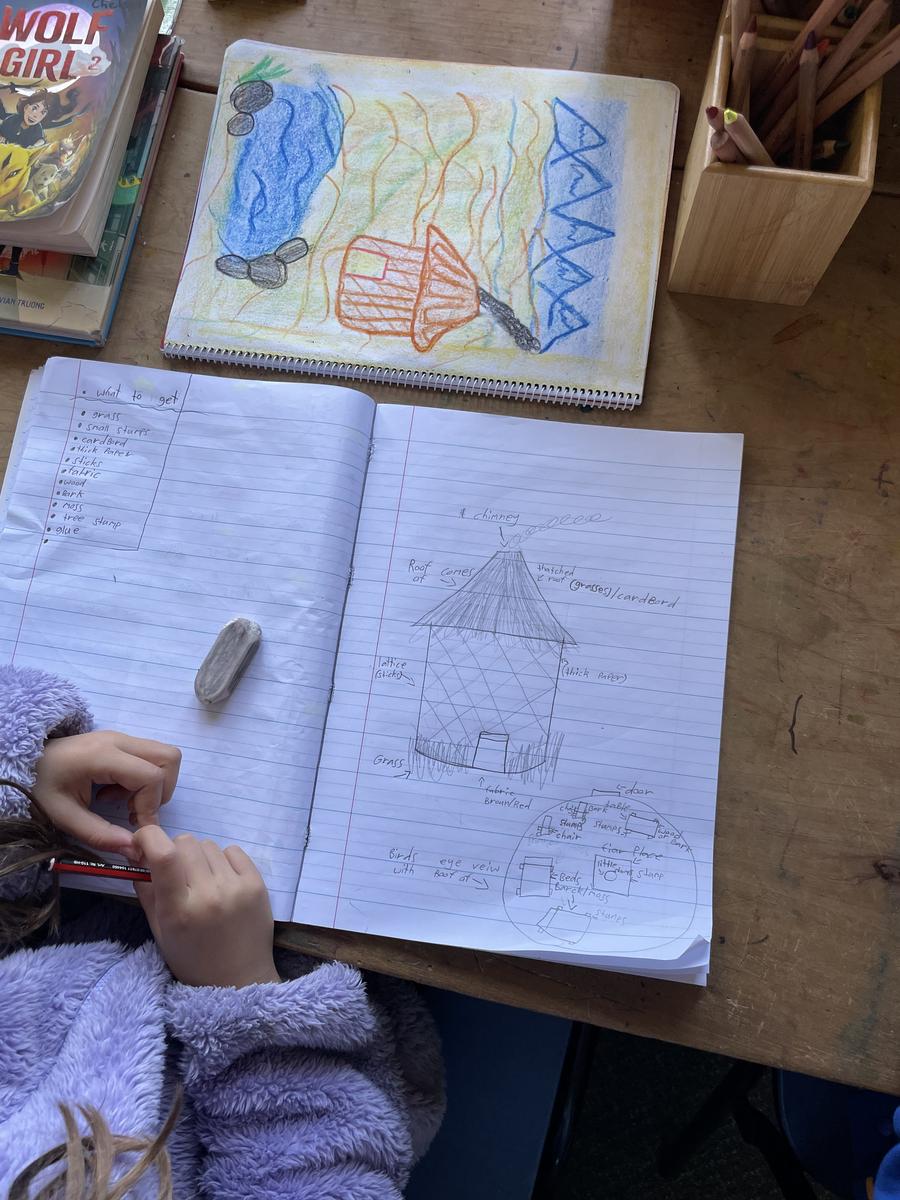



What’s coming up
Things families can talk about at home

